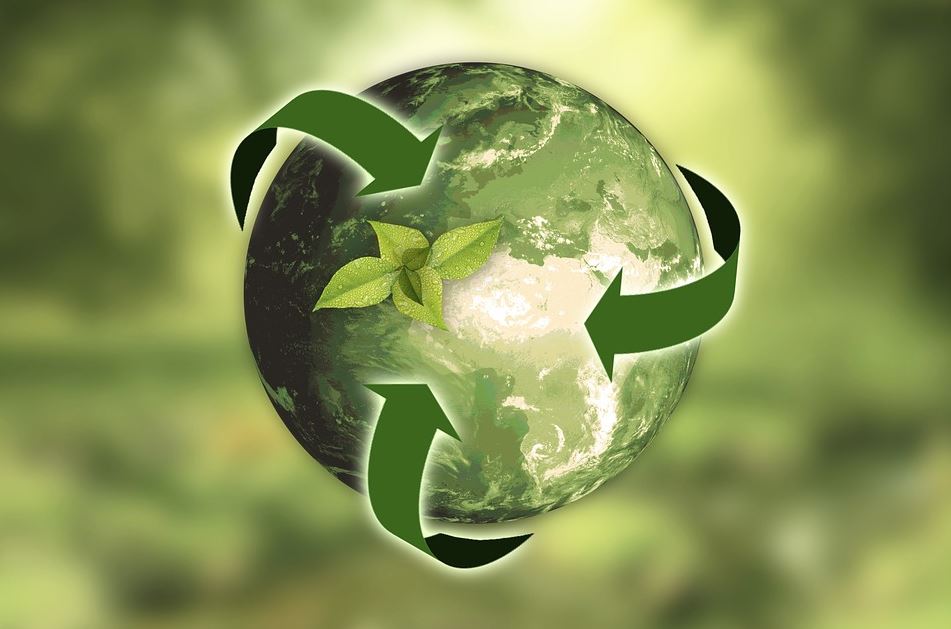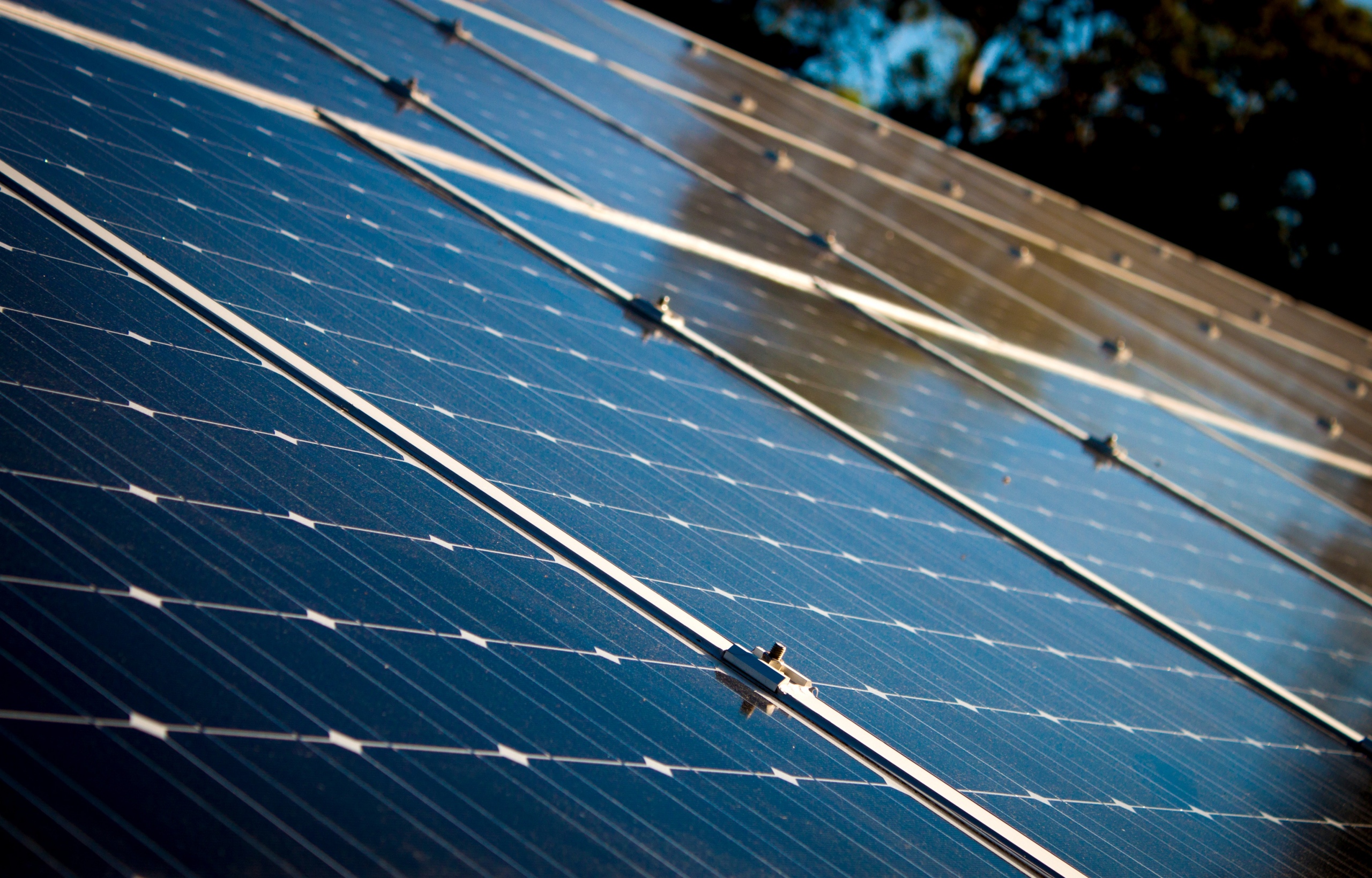As we head into winter and the days get shorter, it seems as if everyone in the field of solar panel development is in a hurry to make the most out of the remaining sunlight. While many were disappointed that NASA’s Mars rover, Curiosity, runs on nuclear energy due to the planet’s dusty climate rendering solar power unfeasible, researchers responded by developing new methods to increase efficiency – and such with result!. Over the course of a month, we’ve heard about increased efficiency in nano solar cells, a new alloy that enables solar panels to split water to produce hydrogen fuel, and the introduction of black solar panels. With such a dearth of news, it can be hard to get a handle on the details. Here is rundown of each of this summer’s three most exciting solar power developments.
Flexible, Transparent Solar Panels
Transparent photovoltaic cells have been around for a while now, but they’re finally becoming commercially available this month, starting in Japan. This represents a huge step forward in improving both the aesthetic attractiveness of solar panels, and their application. By placing photovoltaic cells on flexible plastics, instead of in rigid frames, robust and lightweight panels can be created for use in windows and bus shelter roofs, but also in the casings of various electronic gadgets. Online energy consumption TV show Fully Charged, demonstrates in its Energy Harvesting Factory episode how strips of flexible solar panels can use ambient lighting to charge remote controls and tablet PC cases, theoretically, providing enough energy to leave all appliances on stand-by 24/7. This, of course, will only be possible when efficiency reaches the current levels of standard silicon panels, but that shouldn’t be too far in the future.
Spray-on Solar Power
This age of portability and mobility has created an imbalance between the need for powerful batteries and chargers, and the extra weight they embody. There are many light, powerful ultrabooks on the market that have battery lengths of up to 9 hours – but imagine a computer that gets its power from the paint on its casing, and is recharged by placing it close to the window, even on a cloudy day. Researchers and students at Rice University have discovered a way to combine layers of carbon nanotubes with those of anodes and cathodes found in common lithium-ion batteries to produce a spray paint that generates an electric current strong enough to power LEDs for up to six hours. But one of their most amazing findings was that this paint could be made rechargeable by introducing very small solar cells – soon, you’ll never be running out of power!
Solar Cells Made of Spinach
A few years ago, researchers were inspired by the photosynthesis processes in plants to develop artificial solar leaves. Recently, they took another look at leaves for ways to increase absorption and the conversion of sunlight in solar panels. Scientists realized that while the photovoltaic cells in standard panels are placed completely flat, the surface of a leaf is very uneven, with multiple folds and wrinkles that efficiently channel in light waves that would have otherwise been deflected. Surprisingly, plants have also become a source material for new, more effective bio-hybrid solar cells. Researchers at Vanderbilt University managed to make standard solar cells more efficient by adding spinach: its special quality is photosynthetic proteins that keep working after they have been extracted and embedded in a silicon surface. The new solar cells have an efficiency of almost 100%, though only for a maximum period of nine months.
A Summer of Solar Innovations





